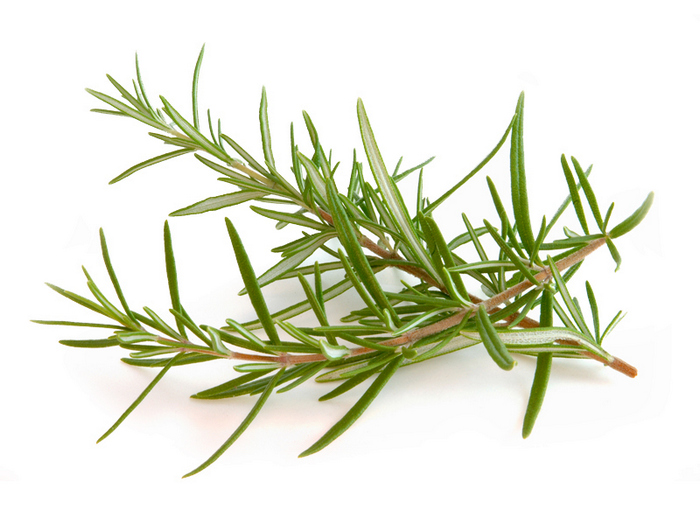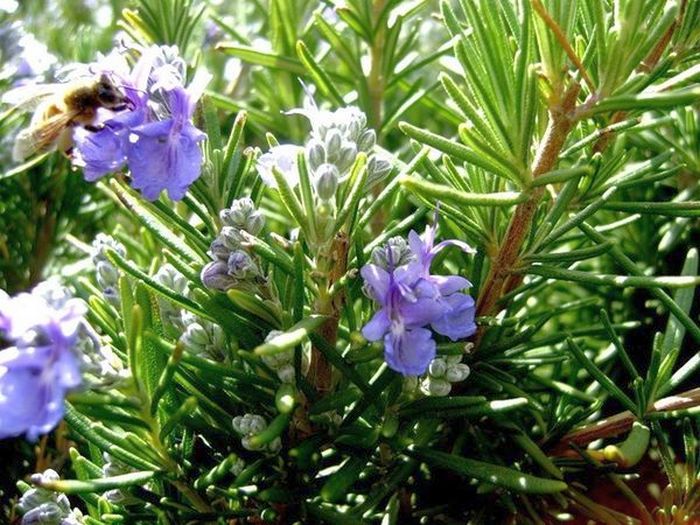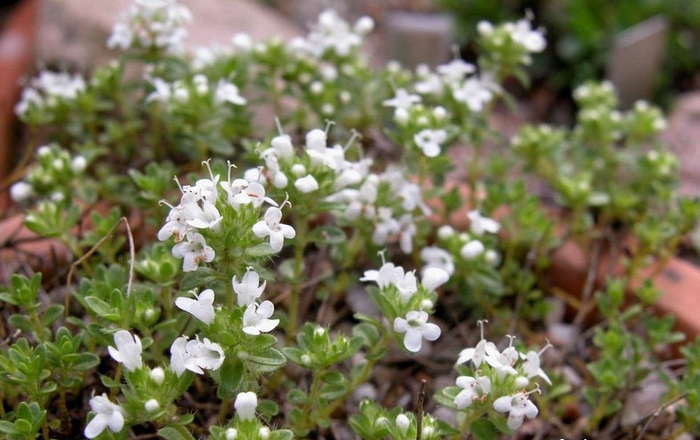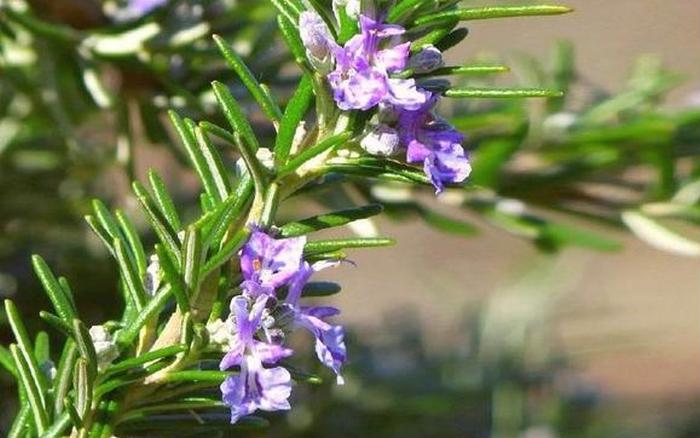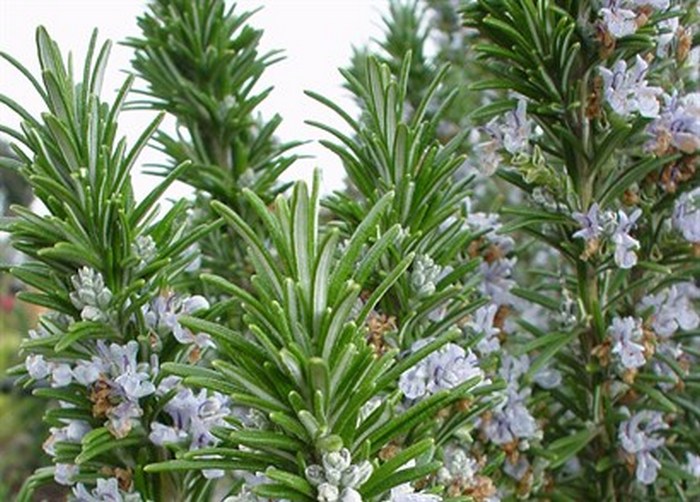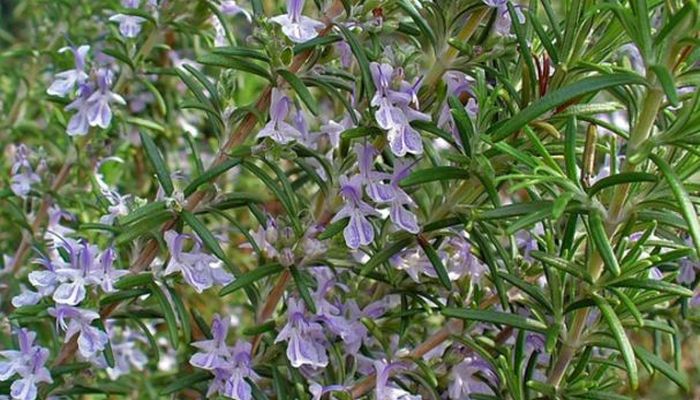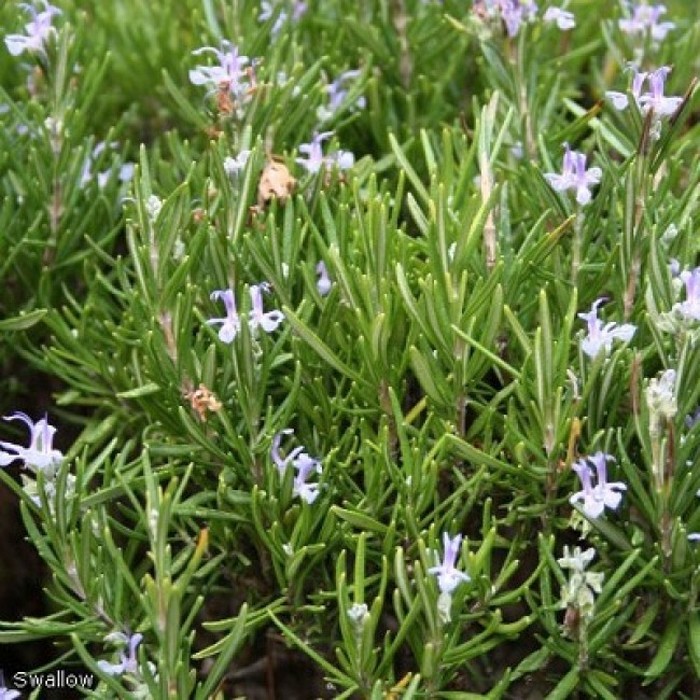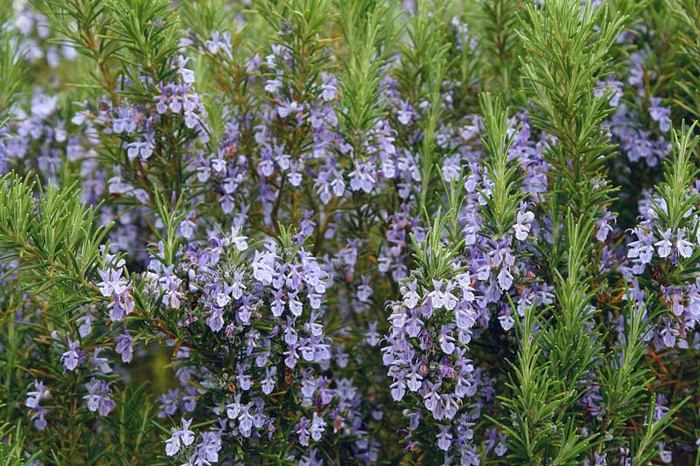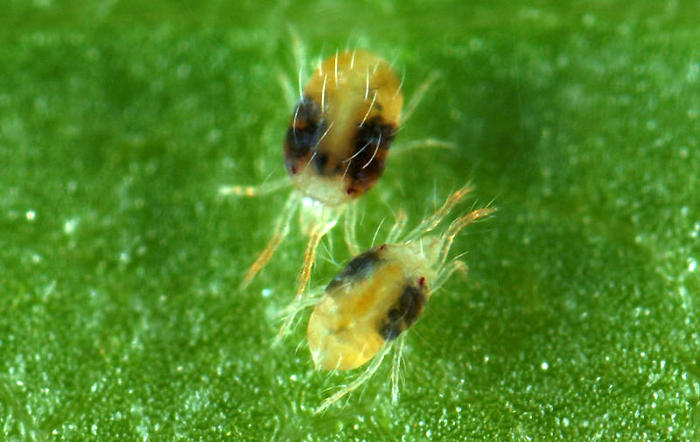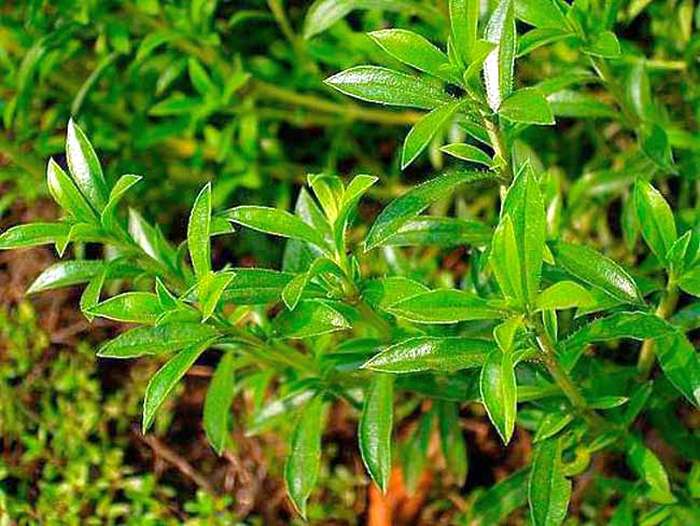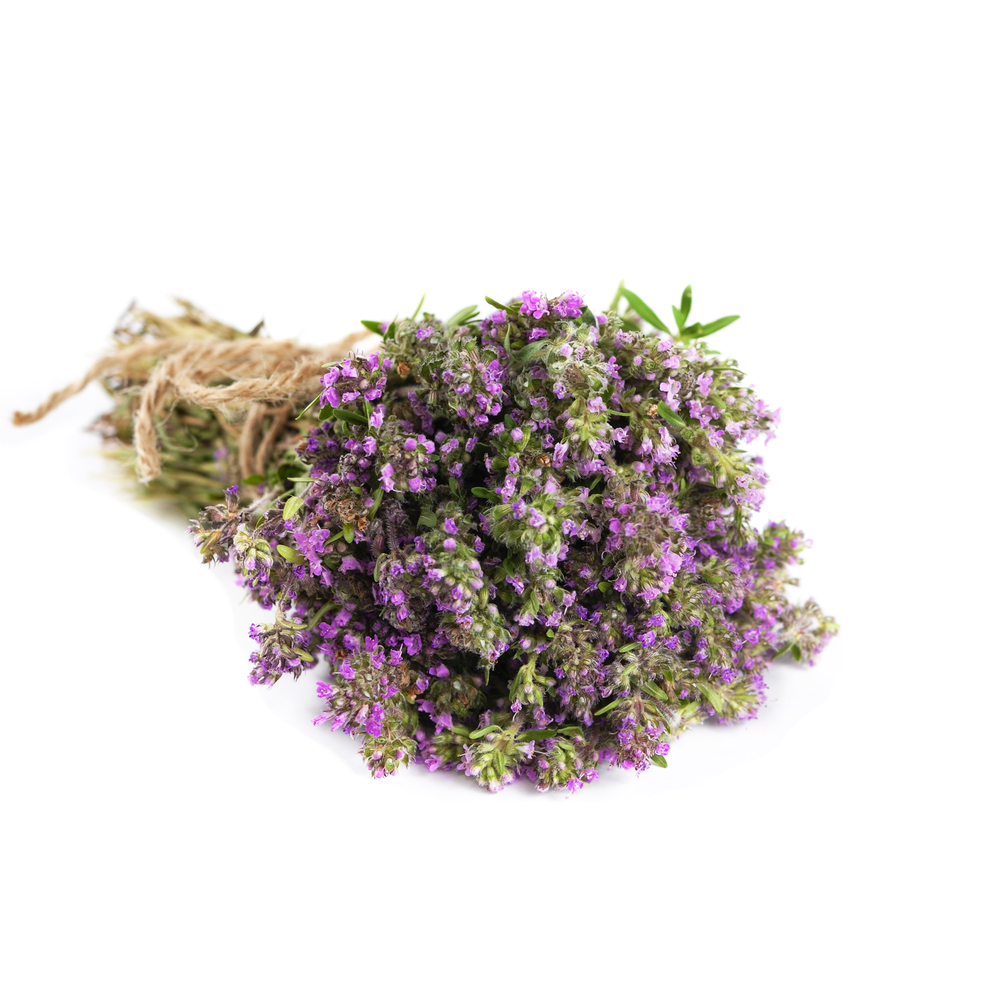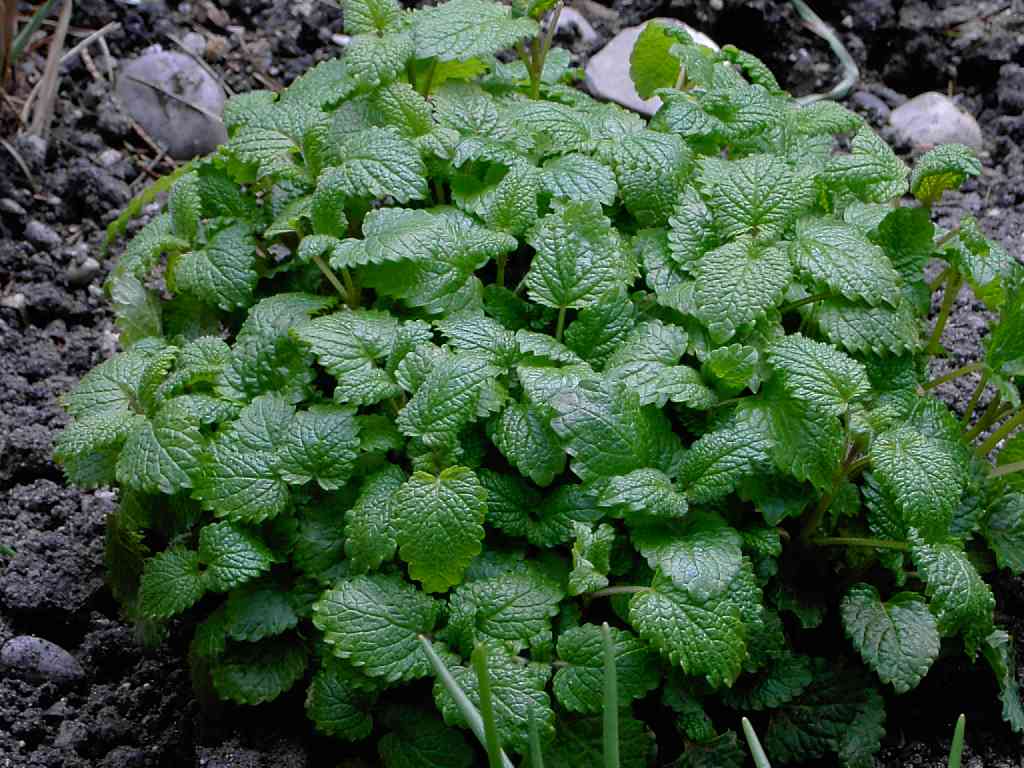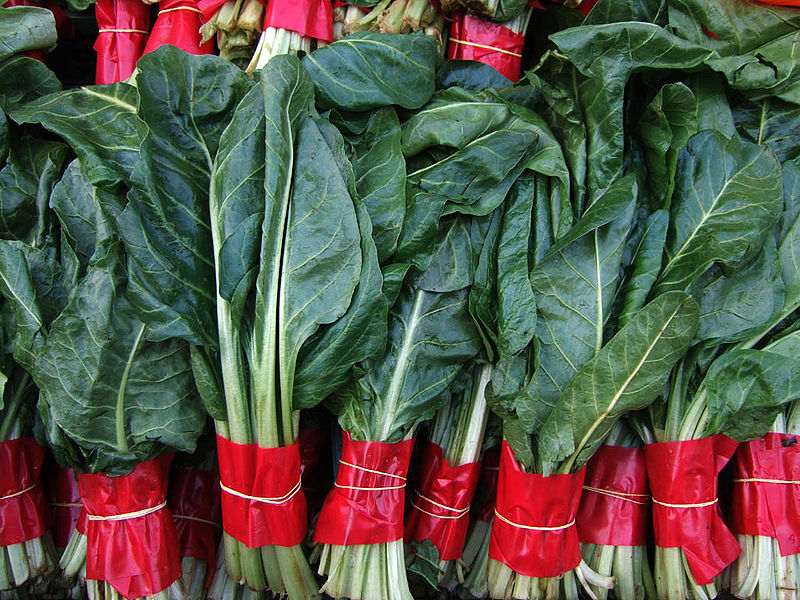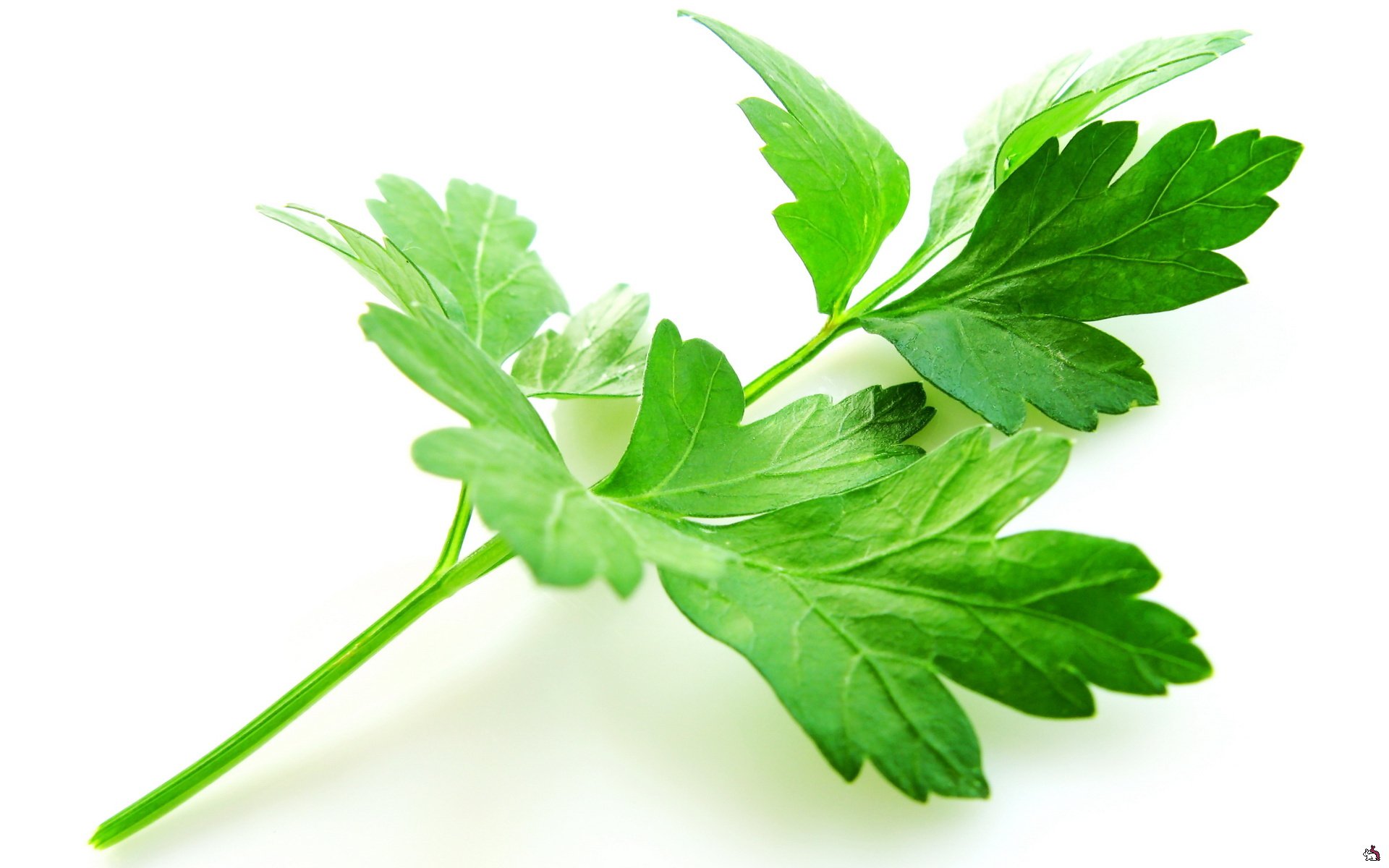Content:
A huge number of useful plants are grown on the backyards: oregano, thyme, thyme, mint and, of course, rosemary (English rosmary), which will be discussed below.
Description of culture
Medicinal rosemary (lat. Rosemary officialis) is a perennial evergreen shrub belonging to the Yasnotkovy family. The grass can reach a height of two meters and is characterized by the presence of pubescent tetrahedral stems. The retracted leaves, for the sake of which the razmarine or rosemary is grown, are located on fairly short cuttings. The ends of the leaf plates are slightly blunt with curved edges. Small blue flowers are located at the very ends of the shoots. The plant blooms in April and May. The fruit of the rosemary plant is a round and smooth brown nut. The fruiting period occurs in early autumn.
Wild rosemary herb is found in North Africa, Greece, Portugal, Spain and Cyprus. If you answer the question of where exactly rosemary grows in Russia, the first thing that comes to mind is Crimea, where the shrub is grown as a cultivated plant for a long period of time.
The plant can be found in the mountains on dry slopes. In rosemary, the smell is most reminiscent of camphor with a certain coniferous note. The spice has an interesting feature - it does not lose its strong aroma even after heat treatment. The herb tastes slightly spicy.
Varieties
The variety of types of rosemary does not differ. But a certain number of varieties are still available. Let's consider some of them in more detail.
Rosemary ordinary
Common rosemary has another name - medicinal rosemary. It is the most common and common plant species that grows in the warm latitudes of Europe and the United States. The shrub reaches a height of 2 meters, has dark green needle-like leaves, blooms with inflorescences of light - or dark purple shades.
Albiflorus (albiflorus)
Albiflorus is a breeding variety that blooms with large and very beautiful white inflorescences. The height of the shrub is about half a meter, it is unpretentious to care for, multiplies without problems and is often planted not only as a spice, but also as a decorative element. Probably, there is no person who would not appreciate how beautifully rosemary blooms.
Abraxas (abraxas)
Perennial medicinal rosemary Abraxas is an upright compact plant, the greenery of which has a pleasant and rich spicy aroma. The culture grows up to 1 m in height, blooms in May or June (depending on the region). The place for planting the seed should be sunny and open. The substrate should be neutral, alkaline and well drained. Excessive moisture is unacceptable. This type of rosemary goes well with thyme, oregano and lavender.
Blue winter
Rosemary blue winter grows to a height of 80 cm or slightly higher. The plant blooms in June. The leaves of the plant are needle-like, have a blue-green tint.In landscape design, it is often used to create the so-called "fragrant gardens", because it continues to smell good throughout the growing season. Caring for the variety is no more difficult than for any other type of rosemary. Blue Winter rosemary leaves can be added to salads and other dishes.
Corsican blue
Corsican blue is a creeping plant variety. Rosemary leaves are linear, leathery, 1.5 to 3.5 centimeters long, deep green on the outside and pubescent on the inside.
The variety blooms with small lavender flowers, collected in dense inflorescences. Flowering begins in May. Corsican blue prefers humus-rich substrate soil. Used as a seasoning, landscape design and medicinal component in folk medicine. If the summer is hot and dry, the plant needs particularly abundant watering.
Pointe du raz
Considering what rosemary is, one cannot fail to mention the Pointe du Raz variety. This is an evergreen perennial shrub, the height of which can reach one and a half meters. The leaves of the plant are shiny, dark green on the outside and covered with fluff on the inside. It blooms with small flowers, dark, - or light purple (rarely white). The spice has a fresh spicy aroma. Planting should be done in dry calcareous soil with good aeration.
In the middle lane or in the north, Point Du Raz is most often cultivated as a room crop, but if the plant is planted in open ground, it is imperative to cover it for the winter.
Rosemary begins to bloom in May and lasts at least three weeks.
Miss Jessop's Upright Ingauno
Medicinal rosemary Miss Jessop's Upright ingauno (miss jessopp's upright ingauno) is an evergreen shrub that grows up to one and a half meters in height. It is characterized by a highly developed root system that penetrates the soil to a depth of 4 meters. Flowers can be white or blue. Mass flowering begins in late April and lasts a little less than a month.
For the middle lane and northern regions, Appright is an exclusively indoor culture. You can try to carefully insulate the plant for the winter, but if the winter turns out to be too cold, the likelihood that the plant will die is too high, so it is better not to risk it.
Prostratus (Prostratus)
Rosmarinus Prostratus, or prostrate rosemary (from the words "spread", "space") is another interesting variety worthy of attention. This species can be planted in the bansai style. Prostratus grows to a height of 0.5 to 2 meters. Leaves are linear, thick, blunt at the ends. The flowers of the plant are blue-violet. Flowering begins in late April-early May and lasts for a month.
Before planting a rosemary bush in your garden, it is highly recommended that you familiarize yourself with the description of the selected variety in more detail. Since many plant species are thermophilic, you need to make sure that the shrub can easily survive the winter in the Moscow region or another region of central Russia.
Useful properties and contraindications
You can spend a lot of time trying to find out about rosemary, what it is, and studying what exactly rosemary looks like, but still not understand what its practical benefits are.
In fact, rosemary is a unique herb with beneficial properties that help improve health. Rosemary has a wide variety of uses. The kitchen is far from the only area where this plant can be used. Rosemary's healing properties are no less significant. Rosemary leaf, regularly consumed in food, has the following effects on the body:
- soothes the central nervous system;
- acts as an antioxidant;
- relieves the condition of patients with colds;
- acts as an analgesic and antispasmodic;
- helps to improve the digestion process;
- normalizes the work of internal organs;
- acts as a healing agent;
- increases libido;
- strengthens blood vessels.
Medicines containing rosemary are offered to their customers by almost any pharmacy.
Speaking about what exactly rosemary is useful for, one cannot fail to mention its use in the field of cosmetology. Its essential oils are a necessary component to enrich cosmetic formulations. Adding rosemary to cosmetic and massage formulations gives the following result:
- regulation of metabolism and body cleansing;
- lightening of the skin;
- elimination of age spots;
- antiseptic effect;
- regulation of water and lipid balances of the skin;
- narrowing and cleansing pores;
- reduction of oily sheen of the skin;
- increased skin tone;
- getting rid of cellulite.
Despite the fact that according to the description, rosemary is an extremely useful herb, there are people for whom there is one or another contraindication for its use. So, the plant is not recommended for the following categories of people:
- pregnant women;
- women during lactation;
- allergy sufferers;
- epileptics;
- children under the age of 3;
- obese people.
In addition, when purchasing cosmetic preparations containing rosemary, you should pay attention to the compliance of the composition with GOST. Otherwise, the composition will not only fail to give the expected result, but may also cause harm.
Diseases and pests
If it is noticed that the rosemary has dried up somewhat after winter, this does not at all mean that the plant has been struck by some kind of disease. The shrub is quite resistant to diseases. But parasites can cause irreparable harm to rosemary.
Sometimes a barely visible cobweb appears on the plant. It is left by a spider mite. To combat it, you need to dilute the soap in water and rinse the leaves thoroughly with the composition. If the lesion is strong, the available remedy will need to be replaced with an insecticide.
In addition to the tick, the plant can infect the scale insect. It is somewhat more difficult to deal with it, but, nevertheless, it is quite possible. For this purpose, you will need to take alcohol or vodka and spray the plant once every few days. Likewise, you can use a weak vinegar solution. It will need to be applied to the brush and smeared on the places where the shield has accumulated. It is required to process a plant planted in open ground at least once a week.
Sometimes rosemary may develop leaf spot. The fight against it is carried out by spraying with preparations that contain copper.
If desired, you can use a house for planting rosemary: a windowsill or a balcony. The seed is planted in a regular flower pot and cultivated in a similar manner to outdoor plants. The difference in taste between plants will not be noticeable.
In addition, some gardeners, in order not to cover the plant for the winter, plant the crop as an annual plant species, harvesting it along with the root in the fall. However, it cannot be said that this practice is being carried out especially actively.
